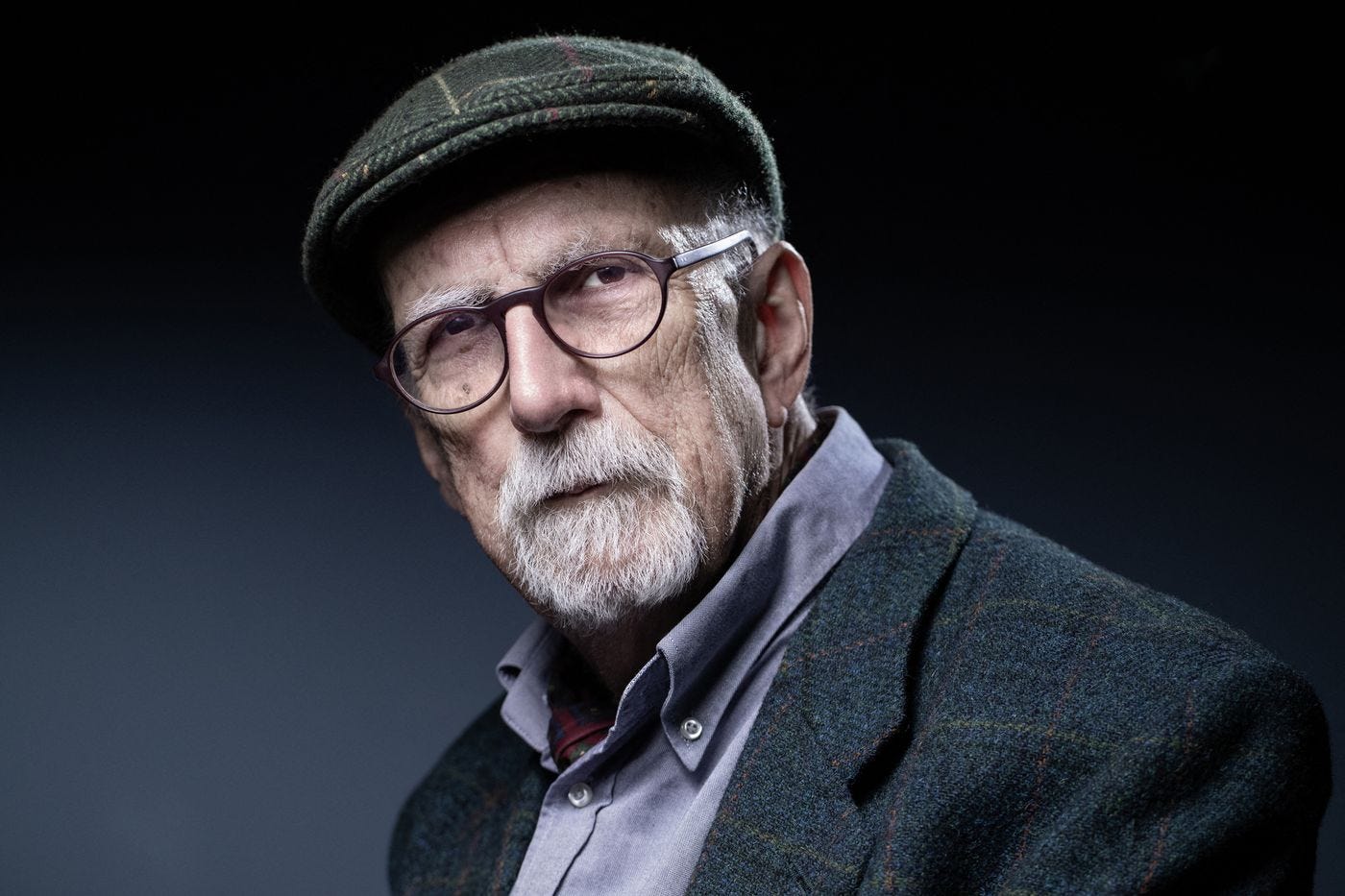Unraveling Reality: Bruno Latour and Actor-Network Theory
Introduction: Redefining the Social
What if everything around you—humans, objects, technologies—played a part in shaping the world? Bruno Latour’s Actor-Network Theory (ANT) invites us to rethink the way we understand society. Far from seeing the world as human-centric, Latour argues that non-human entities, from mundane objects to advanced technologies, have agency and influence.
This article explores ANT, revealing how it challenges traditional ideas of power, agency, and connection. Prepare to see reality in a whole new light.
The Basics of Actor-Network Theory
At its core, Actor-Network Theory proposes that society is made up of networks of actors, which can be both human and non-human. These actors interact and influence each other, creating a web of connections that shapes the world.
Key Concepts
Actors Are Everywhere
Humans: Politicians, teachers, friends.
Non-Humans: Smartphones, speed bumps, algorithms.
Agency Beyond Humans
Objects aren't passive; they shape behavior. For example:
Speed bumps enforce traffic rules.
Smartphones transform how we communicate.
Networks, Not Hierarchies
Power isn’t concentrated in one place; it’s distributed across networks of relationships.
By shifting the focus from individuals to networks, ANT provides a more dynamic and interconnected view of the world.
Deconstructing Reality: How ANT Works
Symmetry Between Humans and Objects
Latour challenges the idea that only humans have agency. Objects, he argues, are actants—participants in shaping events and outcomes.
Example:
A seatbelt is not just a tool; it compels you to wear it, influencing your safety and behavior.
Translation and Mediation
In ANT, connections between actors are not direct; they are mediated and translated through relationships. This translation process shapes the outcomes of interactions.
Example:
A government policy becomes meaningful only through its interpretation by lawyers, journalists, and citizens.
Rethinking Power and Influence
In traditional sociology, power often flows from centralized authorities. ANT flips this idea, suggesting that power emerges from the network itself.
Case Study: Technology in Social Movements
Social media platforms, algorithms, and hashtags become actors that amplify human voices.
The #MeToo movement gained traction not just through individuals but through the interconnected network of platforms, users, and cultural shifts.
In this view, no single actor "controls" the outcome; it’s the interplay of all elements in the network.
Why It Matters: The Practical Implications of ANT
Understanding Complex Systems
ANT is invaluable for examining issues like climate change, where humans, policies, technologies, and ecosystems interact in complex ways.
Challenging Human-Centric Narratives
By acknowledging the agency of non-humans, we can design systems that consider the role of infrastructure, technology, and objects in shaping outcomes.
Revealing Hidden Connections
ANT helps expose the unseen networks that influence everything from consumer behavior to political decisions.
Criticisms and Challenges
Like any theory, ANT isn’t without controversy. Critics argue:
Overemphasis on Non-Humans: Does recognizing object agency dilute human responsibility?
Complexity: Mapping networks can be overwhelming and impractical.
Despite these critiques, ANT remains a groundbreaking lens for analyzing modern society.
Conclusion: A New Way of Seeing the World
Bruno Latour’s Actor-Network Theory challenges us to rethink everything we know about power, agency, and connection. By recognizing the role of both humans and non-humans, ANT provides a richer, more nuanced understanding of the world.
What networks shape your daily life? How do the objects around you influence your actions and decisions? Share your thoughts in the comments, and let’s start unraveling the hidden connections that define our reality.
Don’t forget to like, share, and subscribe for more deep dives into the ideas that shape our world!



